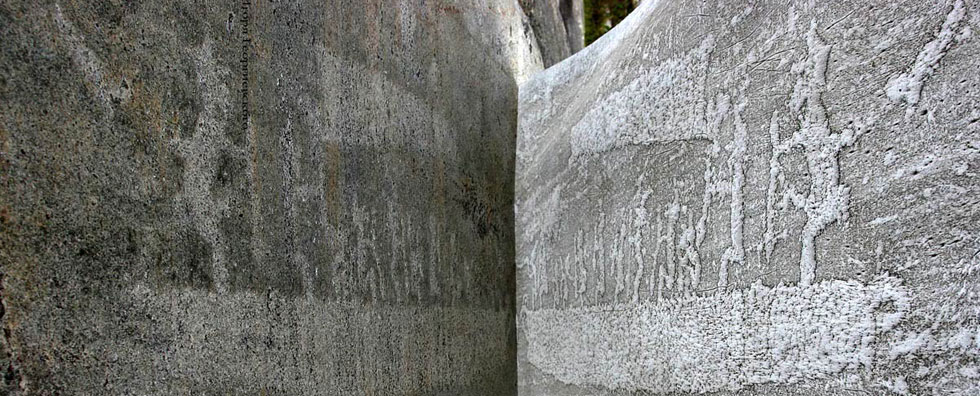
Issue №1, Vol. 10
Ratjkova E., Syunev V., Katarov V. Deformation Properties of Forest Soils in Karelia Affected by "Freeze-Defrost" Cycles // Resources and Technology. 2013. №1, Vol. 10. P. 73‒89.
DOI: 10.15393/j2.art.2013.2241
Deformation Properties of Forest Soils in Karelia Affected by "Freeze-Defrost" Cycles
| Ratjkova Elena I. | Petrozavodsk State University, ratjkova@mail.ru |
| Syunev Vladimir S. | Petrozavodsk State University, siounev@psu.karelia.ru |
| Katarov Vasiliy K. | Petrozavodsk State University, vkatarov@psu.karelia.ru |
|
Key words: forest soils; clay loam; deformation modulus; compressibility coefficient; off-season periods; rut depth |
Summary: The impact of “freeze-defrost” cycles on the deformation properties of forest soils has been little studied. The layout of technological schemes of harvesting sites development in off-season periods (spring, fall) depends a lot on the formation of ruts when wood harvesting machinery passes. The study of processes occurring in forest soils affected by “freeze-defrost” cycles enables to justify the method of calculating rut depth depending on the number of machinery passes. The compression modulus of deformation, compressibility coefficient and relative compressibility coefficient of clay loam which was collected in the forest of the Republic of Karelia were determined in laboratory conditions. Forest soil samples underwent three “freeze-defrost” cycles. It has been determined clay loam deformation modulus after the first cycle reduces by 16% and after the second and third cycles it reduces by 18% and 25% respectively in relation to the value of deformation modulus before freezing. Compressibility coefficient increases by 18% after the first cycle, it increases by 22% after the second cycle and by 33% after the third one. The decrease of deformation modulus and the increase of clay loam compressibility coefficient are due to changes in the structure of forest soils under the influence of “freeze-defrost” cycles. |
Displays: 2419; Downloads: 2252;




